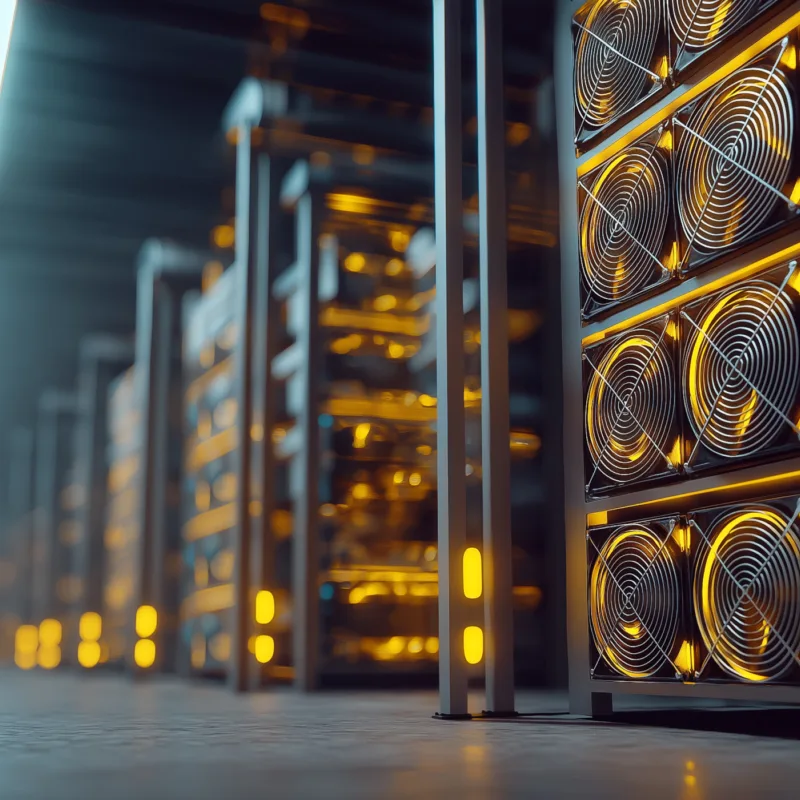6 min read
AI is no longer a distant technology. It’s embedded in every major energy company’s strategy - from exploration to grid optimisation, from predictive maintenance to consumer engagement.
The International Energy Agency estimates that global electricity demand from data centres, AI and crypto could double by 2026, reaching over 1,500 TWh – roughly the same as Japan’s total consumption.
That makes AI both an accelerator and a challenge for decarbonisation. While it offers extraordinary tools for modelling emissions, managing grids and improving efficiency, it’s also driving a new wave of energy-intensive computing infrastructure that risks offsetting many of those gains.
As Aspect CEO Andrew McCallum puts it: “AI has the potential to be one of the most powerful enablers of decarbonisation - but only if we make deliberate choices about how and where it’s deployed. The opportunity is to apply it purposefully, in the right places and with the right governance, so it becomes a genuine driver of progress rather than a drag on it.”
AI as catalyst
There’s no question that AI is already changing how the energy system operates. Its most compelling contribution lies in making complex systems more efficient:
- Smarter grids and renewables integration: AI models are helping National Grid ESO forecast supply and demand in real time, balancing the system and integrating renewables more effectively
- Industrial efficiency and emissions reduction: Companies such as bp and Shell are using AI for predictive maintenance and process optimisation, cutting downtime, waste and emissions
- Offshore wind optimisation: Ørsted and Siemens Gamesa are applying machine learning to turbine performance and maintenance scheduling, improving output and lifespan while reducing carbon intensity
- Carbon market transparency: AI tools now monitor and verify emissions data, detecting discrepancies and reducing the risk of greenwashing
- AI for climate science: DeepMind’s GraphCast model now outperforms traditional meteorological forecasting, allowing better planning for energy storage and disaster resilience
AI as challenge
Yet the same technologies that power these breakthroughs also consume staggering amounts of electricity and water.
Training a single large model can emit hundreds of tonnes of CO₂. Data centres running AI workloads now account for around 4% of global electricity use, and demand is rising sharply. Microsoft, Google and Amazon have all reported double-digit increases in energy consumption linked to AI expansion.
“We’re at risk of creating a paradox,” says McCallum. “Driving decarbonisation using a technology that, left unchecked, could become one of the world’s biggest energy users.”
The good news is that solutions are emerging:
- Renewable-powered data centres are scaling fast
- Hardware efficiency is improving rapidly - new chips use up to 40% less energy per computation
- Smarter workload scheduling now shifts processing to times and places where renewable energy is abundant
Aspect Director Leona Minellas points out that AI doesn’t have to be an energy villain: “Our clients are already exploring low-carbon architectures and renewable-powered compute. Companies like ABB are proving that industrial AI can run efficiently without compromising performance - that’s the direction of travel.”
Governance catches up
Twelve months ago, governments were still “tying their shoelaces” while technology sprinted ahead. That’s now changing.
- The EU AI Act, coming into force this year, will be the world’s first comprehensive framework governing AI safety, transparency and environmental impact
- The US Department of Energy’s AI for Energy Initiative is funding projects that align machine learning with decarbonisation goals
- The UK Frontier AI Taskforce is investing in sustainable compute infrastructure and new data-centre standards that prioritise renewable power and efficiency
Policy is finally catching up to innovation - though the gap remains. The next frontier is carbon accounting for computation: quantifying the footprint of digital infrastructure as rigorously as we measure industrial emissions.
The path forward: insight, strategy, impact
Insight: AI’s carbon paradox is now central to the energy transition. Leaders can no longer separate digital transformation from decarbonisation strategy.
Strategy: Organisations must design their AI roadmaps around sustainability principles - lifecycle emissions, transparency, and measurable benefit.
Impact: The winners will be those who can prove that their digital transformation delivers measurable carbon reductions. In energy and heavy industry, that proof will increasingly shape investor confidence, regulatory support and social licence to operate.
Conclusion
At Aspect, we see AI not as a threat or a panacea - but as a strategic choice. How it’s communicated, governed and deployed will define whether it accelerates or undermines net zero progress.
McCallum concludes:
“AI is moving from the hype cycle to the implementation phase. The next 18 months will be decisive. Those who apply it responsibly - and communicate its value transparently - will lead the next wave of decarbonisation.”
The intersection of AI and energy is where innovation meets impact.
If you’re exploring how to deploy AI sustainably - or communicate its value to investors, policymakers and communities - we can help.




